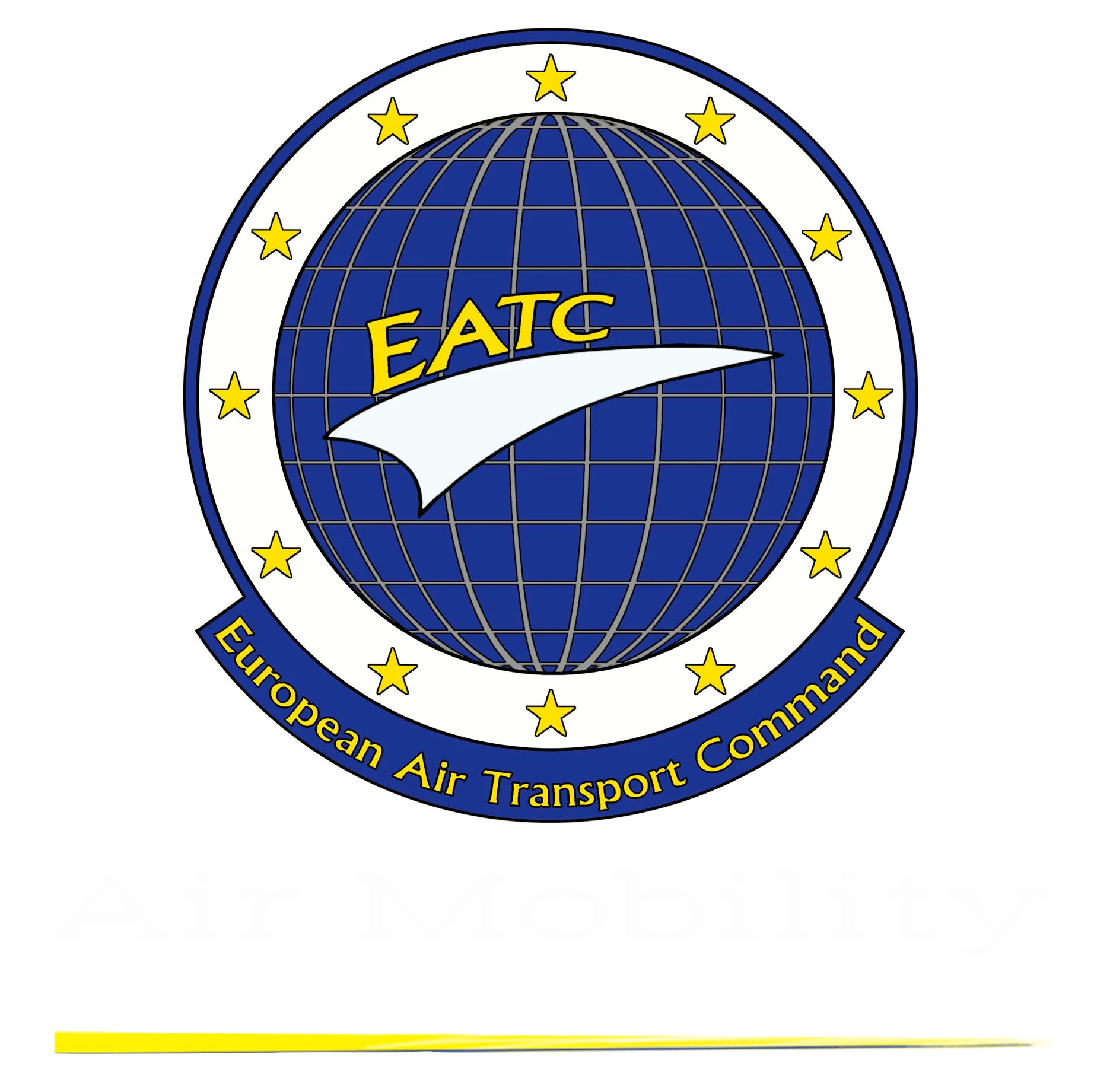Today, EATC and AECC are recognised as a centre of expertise for AE (Aeromedical Evacuation). They are looking back at more than ten years of operational experience, without forgetting that interoperability and harmonisation of concepts are also key for success and safety in the aeromedical evacuation domain.
EATC manages timely strategic aeromedical evacuation missions of casualties or sick persons from anywhere in the world to the home country, or to a safe place where the necessary care facilities are available.
The aeromedical evacuation of patients requests in-depth expertise of medical personnel combined with the know-how in aeromedical transportation. This is why EATC drew on a professional team of flight surgeons and flight nurses, integrated in the operational division: the Aeromedical Evacuation Control Centre or the AECC.
The overall aim is to offer efficient and effective aeromedical evacuation missions to the nations. The team evaluates the aeromedical evacuation requests from member nations, chooses the best suited transportation asset for the patient, plans the evacuation mission and supervises each step until the successful completion. This is done in close cooperation with the national authorities.
When Covid-19 hit the world, AECC quickly developed procedures for the safe transport of infected patients, responding to the crisis and the nations’ new challenges.
Cross-national missions where a patient is evacuated by an aircraft provided by another nation, offers a maximum of flexibility for the benefit of the patient. This is only possible thanks to the trust and confidence between the medical personnel, the military command and the political authorities. Crises situations such as the Covid-19 pandemic have shown that multinational cooperation is the way forward.
For further information click here to download the AE factsheet.
Click the picture to enlarge
Watch the video of EATC 1st Aeromedical Evacuation Day
Example of a cross-national aeromedical evacuation mission:
A Dutch and a German soldier were wounded in Gao (Mali). The initial treatment was done in a French field hospital in Gao.
France then organised a tactical aeromedical evacuation with a French CN235 to transport the two patients to Niamey (Niger).
In parallel, EATC received the request from the Dutch and German authorities to coordinate an aeromedical evacuation back home. A German A310 was available and, on EATC's request, took off within hours to Niamey. The medical team consisted of Dutch and German medical personnel.
Thanks to an accurate timing of this complex mission and perfect coordination between EATC and all partners, the patients were handed over in a tail-to-tail swop directly from the French CN235 to the German A310.
EATC coordinated the flight back to Eindhoven and Cologne. The first stop was in Eindhoven, where the Dutch authorities had organised transportation by road to the military hospital for the seriously injured Dutch patient. The A310 then transported the lightly injured German patient to Cologne. There, he was transported by a German ambulance to the military hospital.

Click the picture to enlarge
